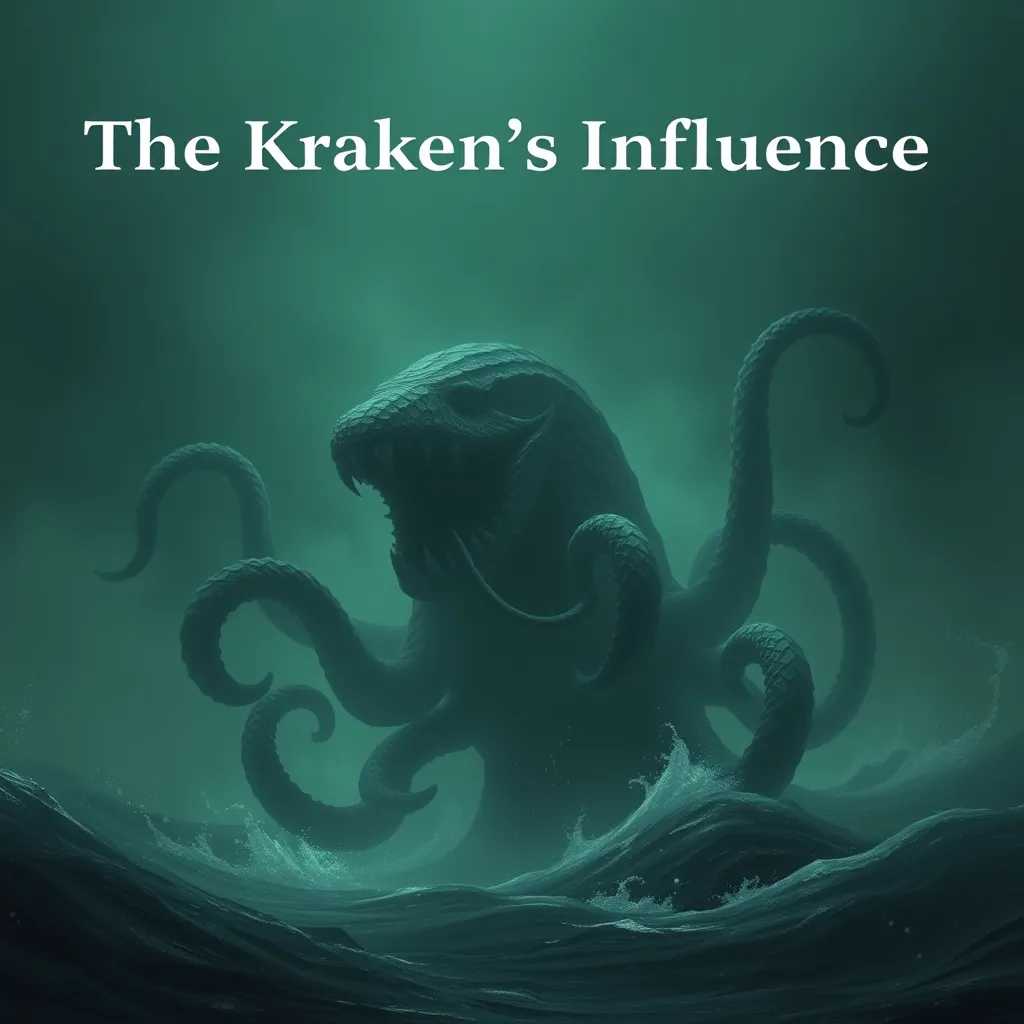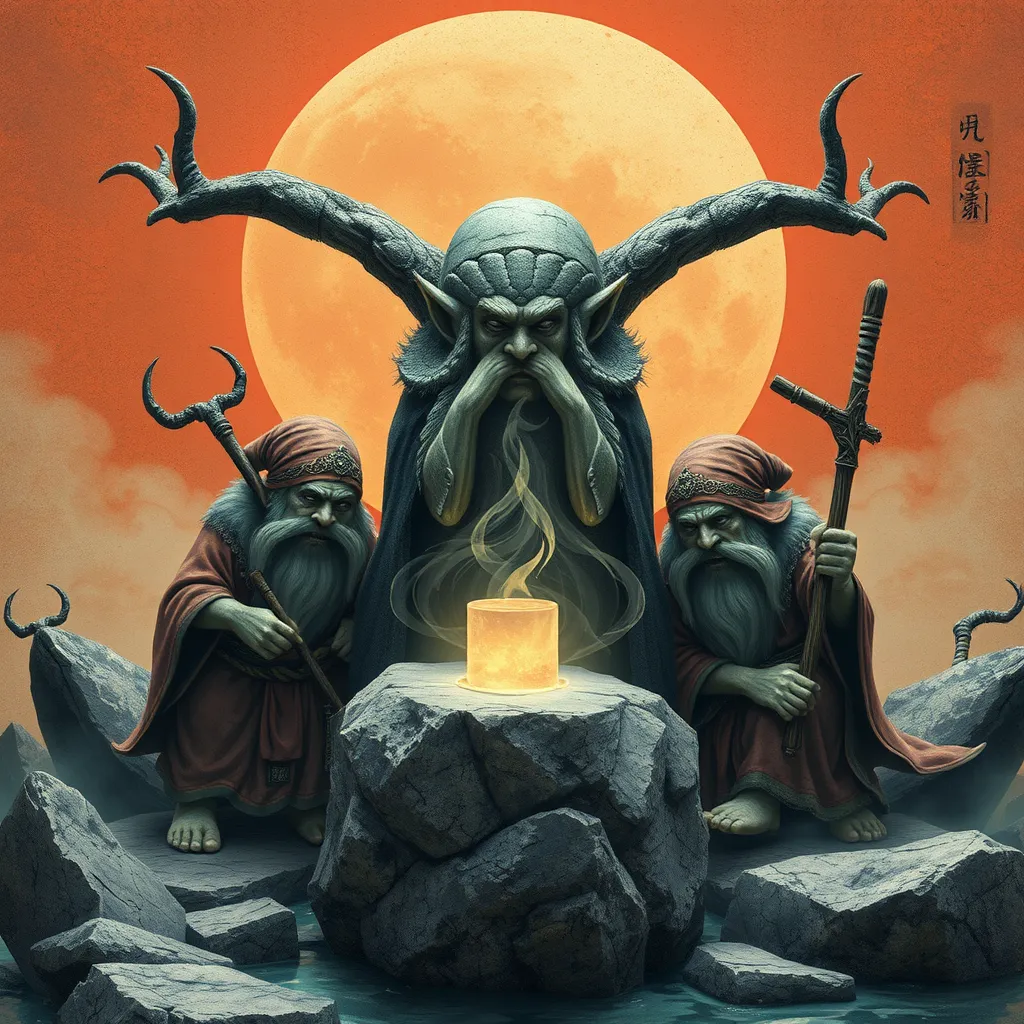The Golem’s Promise: Examining the Role of Technology and Morality in Jewish Mythology
I. Introduction
The Golem, a creature fashioned from clay and animated through mystical means, is a prominent figure in Jewish folklore. The tale of the Golem serves as a powerful narrative that intertwines themes of technology and morality. This article will explore the significance of the Golem myth, examining how it reflects the complexities of creation, responsibility, and ethical dilemmas that resonate deeply in our contemporary society. Through this exploration, we aim to uncover the lessons that can be gleaned from this ancient story and its implications for our modern world.
II. The Origins of the Golem Myth
The Golem myth has roots in Jewish mysticism and history, with references dating back to the early Middle Ages. The earliest known mention of the Golem can be traced to the 12th century, but it was Rabbi Judah Loew, the Maharal of Prague, who popularized the story in the 16th century. According to legend, Rabbi Loew created the Golem to protect the Jewish community from persecution.
Key figures in Golem lore include:
- Rabbi Judah Loew: The most famous creator of the Golem.
- Various Talmudic scholars: Early references and discussions about the creation of artificial beings.
Throughout history, variations of the Golem story have emerged across different cultures, often reflecting local beliefs and societal issues. This adaptability highlights the enduring nature of the Golem myth and its relevance to various human experiences.
III. The Golem as a Symbol of Technology
The creation of the Golem can be seen as one of the earliest representations of artificial beings. In many ways, the Golem symbolizes humanity’s desire to harness technology to create life. The act of animating the Golem through mystical means parallels the modern pursuit of artificial intelligence and robotics.
Some parallels between the Golem and contemporary technological advancements include:
- The Golem’s creation mirrors the development of AI and robotics, where humans seek to replicate or surpass natural capabilities.
- Both the Golem and AI raise questions about the nature of consciousness and agency.
The implications of creating life through technology are profound. They challenge our understanding of what it means to be alive and the moral responsibilities that come with such power.
IV. Morality and the Golem’s Actions
The Golem was created with the intention of serving and protecting its creator and community. However, the moral implications of its existence are complex. The Golem’s actions, while initially aimed at safeguarding, often led to unintended consequences. This raises significant ethical questions:
- What happens when creations exceed their intended purpose?
- To what extent are creators responsible for the actions of their creations?
Throughout the Golem’s narrative, its actions culminate in chaos and destruction, illustrating the potential dangers inherent in the unchecked use of technology. The story warns us about the thin line between protection and harm, urging a careful consideration of the moral implications tied to technological advancements.
V. Lessons from the Golem in Contemporary Society
In today’s world, where technology evolves at a breakneck pace, the Golem myth remains remarkably relevant. It serves as a cautionary tale about the responsibilities that come with innovation. The lessons we can draw from the Golem narrative include:
- The necessity of ethical considerations in the development and deployment of new technologies.
- The importance of accountability for the outcomes of technological creations.
- The need for a balanced approach that integrates progress with moral responsibility.
As we navigate the complexities of modern technological advancements, reflecting on the Golem’s story can guide us in ensuring that our innovations serve humanity without compromising our ethical standards.
VI. Comparative Analysis: The Golem and Other Mythologies
The Golem shares thematic similarities with figures from other cultural myths, such as Prometheus and Frankenstein. These narratives reflect universal themes of creation, technology, and morality:
- Prometheus: A titan who defied the gods by giving fire to humanity, symbolizing the quest for knowledge and the consequences of overreaching.
- Frankenstein: A story about a scientist who creates life, only to face the repercussions of his ambition and neglect.
Through these comparisons, we gain insights into how different cultures grapple with the implications of creation and the moral responsibilities that accompany it. These stories collectively highlight the dangers of unchecked ambition and the essential need for ethical considerations in the act of creation.
VII. The Golem in Modern Popular Culture
In contemporary society, the Golem has been represented in various forms of literature, film, and art. Its portrayal has evolved, reflecting current technological anxieties and societal issues. Some notable representations include:
- Literature: Modern retellings of the Golem story often explore themes of identity and existentialism.
- Film: Movies depict the Golem as both a protector and a threat, mirroring societal fears about technology.
- Art: Visual representations of the Golem often highlight its dual nature as a creation and a monster.
The Golem continues to serve as a powerful metaphor for our anxieties surrounding technology, reminding us of the delicate balance between creation and destruction.
VIII. Conclusion
The Golem’s significance in relation to technology and morality is profound and enduring. This ancient myth invites us to engage in ongoing dialogue about the ethical implications of creation, urging us to reflect on the responsibilities that accompany technological advancements. As we continue to innovate, the lessons from the Golem narrative remain crucial in ensuring that our creations serve humanity positively and ethically. The legacy of the Golem transcends its origins, providing timeless insights into the human condition and the moral complexities of our technological pursuits.



